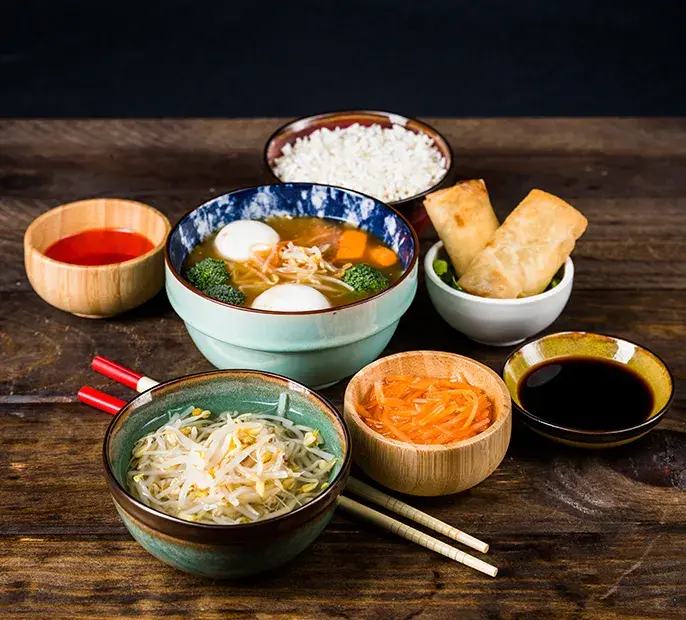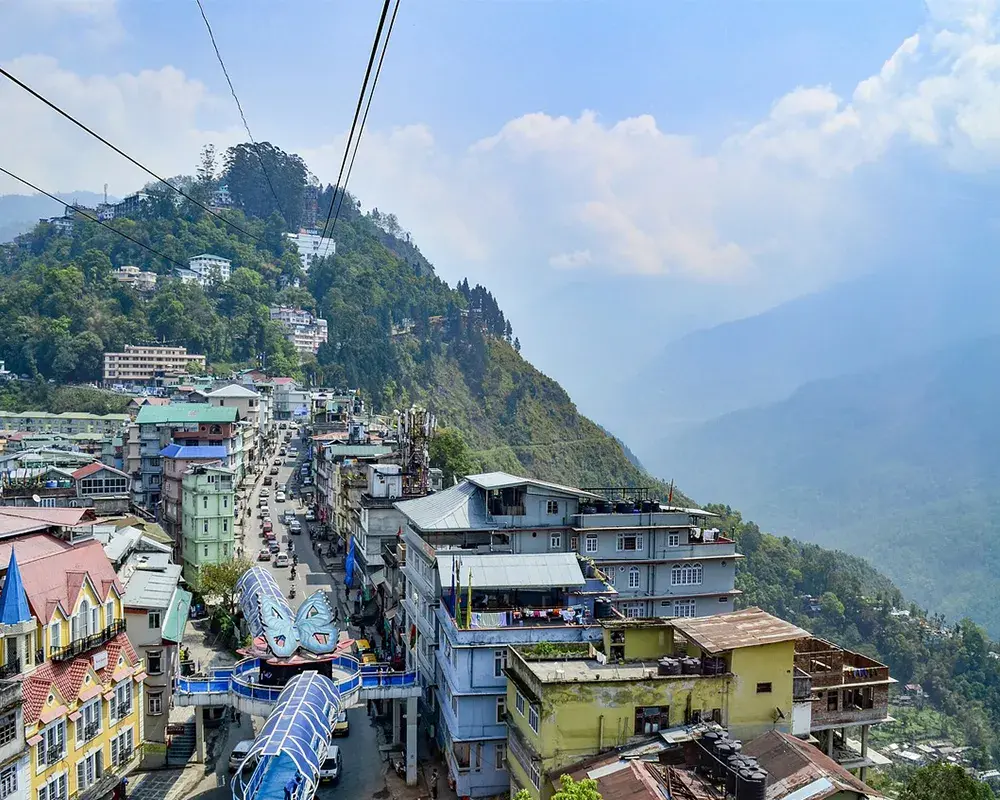About Sikkim
Sikkim, nestled in the Himalayas, is a small state in northeastern India. Its history is rich and varied, marked by a blend of indigenous cultures, Buddhist traditions, and its strategic location along ancient trade routes.
Early History
– Early Settlements: The region of Sikkim has been inhabited since ancient times. It was originally inhabited by the Lepcha people, who are believed to be its original settlers.
– Buddhist Influence: Buddhism spread into the region from Tibet in the 7th century, and it became a prominent feature of Sikkim’s culture and identity.
Kingdom of Sikkim
– Formation: The Kingdom of Sikkim was established in the 17th century by the Namgyal dynasty, which ruled the region for over 300 years.
– Relationship with Tibet: Sikkim maintained close ties with Tibet culturally, economically, and politically.
– British Influence: During the 19th century, Sikkim came under British influence, especially after the Anglo-Sikkimese Treaty of 1861, which defined Sikkim’s borders with Tibet and Bhutan.
– Protectorate Status: Sikkim became a protectorate of British India in 1890, which continued until India gained independence in 1947.
Sikkim Festivals
Losar (Tibetan New Year)
Losar is one of the most important festivals in Sikkim, celebrated with great fervor by the Tibetan Buddhist community. It marks the beginning of the Tibetan New Year and usually falls in February or March. Losar is celebrated with rituals, prayers, feasting, and traditional performances such as cham dances.
Saga Dawa
Saga Dawa is another significant Tibetan Buddhist festival celebrated in Sikkim. It commemorates the birth, enlightenment, and death of Lord Buddha, all of which are believed to have occurred on the same day. Saga Dawa, Buddhists engage in prayers, offerings, and acts of kindness to accumulate merit.
Pang Lhabsol
Pang Lhabsol is a unique festival celebrated in Sikkim to honor Mount Kanchenjunga, the guardian deity of the state. It is a blend of Buddhist and indigenous rituals and usually takes place in August. The festival includes colorful processions, masked dances, and rituals performed by Buddhist monks.
Lhabab Duechen
Lhabab Duechen Lhabab Duechen, also known as Buddha's Descent from Heaven, commemorates the occasion when Lord Buddha returned to Earth from the heavenly realms after teaching his mother.
Phang Lhabsol
Phang Lhabsol Phang Lhabsol is a unique festival of Sikkim that honors Mount Kanchenjunga, the guardian deity of the state.
Sikkim Foods
Sikkim offers a delectable array of dishes that reflect its multicultural heritage and unique geography.
1 Momo – Momo is perhaps the most popular and widely available dish in Sikkim.
2 Thukpa – Thukpa is a hearty noodle soup that originated in Tibet but is widely consumed in Sikkim.
3 Gundruk and Sinki Soup – Gundruk is a fermented leafy green vegetable, typically made from mustard leaves, and Sinki is a fermented radish taproot.
4 Sel Roti – Sel Roti is a traditional Nepali rice-based fried bread or doughnut.
5 Chhurpi Soup – Chhurpi is a traditional Himalayan cheese made from yak milk.
6 Sael Roti with Chhurpi – Sael Roti is a sweet, deep-fried bread prepared with rice flour, popular during festivals and special occasions.

Sikkim Traditions
Sikkim is rich in cultural traditions that have been shaped by its diverse ethnic groups, historical influences, and geographical setting.
1 Festivals – Festivals play a significant role in Sikkimese culture, serving as occasions for religious observance, social gatherings, and cultural celebrations.
2 Religious Practices – Sikkim is home to a variety of religious beliefs, with Hinduism, Buddhism, and indigenous animistic traditions coexisting harmoniously.
3 Traditional Cuisine – Sikkimese cuisine is diverse and reflects the state’s multicultural heritage and geographical diversity.
4 Folk Music and Dance – Folk music and dance are important cultural expressions in Sikkim, often performed during festivals, weddings, and other social gatherings.
5 Handicrafts and Artisans – Sikkim boasts a rich tradition of handicrafts and artisanal skills, including weaving, pottery, wood carving, and thangka painting.
6 Environmental Conservation – Sikkim has a strong tradition of environmental conservation and reverence for nature, stemming from its Himalayan heritage and Buddhist principles.
7 Hospitality and Community Bonding – Hospitality is an integral part of Sikkimese culture, with locals known for their warmth, generosity, and welcoming nature.
Sikkim Tourist Places
Sikkim, nestled in the Himalayas, offers a treasure trove of natural beauty, cultural heritage, and adventure opportunities.
1 Gangtok – Capital City: Gangtok is the capital and largest town of Sikkim, situated at an altitude of 1,650 meters.
2 Tsomgo Lake – Scenic Lake: Located at an altitude of 3,753 meters, Tsomgo Lake is a glacial lake surrounded by rugged mountains and alpine forests.
3 Nathu La Pass – Border Pass: Nathu La Pass, at an altitude of 4,310 meters, is a mountain pass on the Indo-China border.
4 Yumthang Valley – Valley of Flowers: Yumthang Valley, also known as the Valley of Flowers, is located at an altitude of 3,500 meters and is renowned for its vibrant alpine meadows and rhododendron blooms.
5 Pelling – Scenic Hill Station: Pelling is a charming hill station in West Sikkim, offering panoramic views of the Kanchenjunga range.
6 Ravangla – Tranquil Town: Ravangla is a picturesque town nestled amidst lush greenery and panoramic views of the Himalayas.
7 Lachung and Lachen – Remote Villages: Lachung and Lachen are remote Himalayan villages known for their natural beauty and Tibetan culture.







